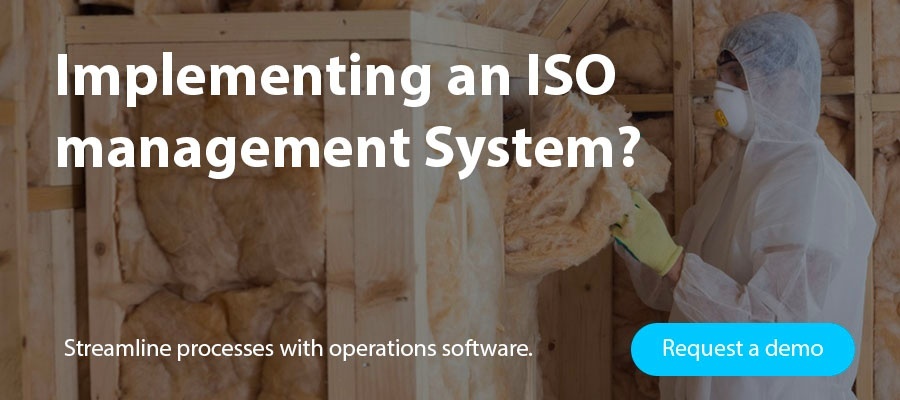Savvy companies in the construction industry are preparing for the latest trend in their industry – collaborative construction.
What is Collaborative Construction?
Collaborative construction is a process where design-build, public-private partnerships, and integrated project delivery are the top methods causing a major change in how the construction industry works. Experts feel that 2017 will be the year that collaborative construction takes off.
Let’s look at each of these three concepts.
- Design-build is a process that is when the primary contractor is tasked with the design and construction of a particular process compared with the traditional method of hiring an architect or project planner to design a project and then hire a contractor to build it. The reason for this process gaining ground is that project owners know that when the contractor is responsible for the design and building a project, the contractor knows what is feasible and cost-sensitive. Design elements that are only decorative in function may be reduced or eliminated so that the project is more cost-effective. Certain materials and construction methods may add cost without functionality and also can be reduced or excluded. This team approach to a project gives owners a single entity to communicate with concerning the project.
- Integrated Project Delivery (IPD) is much different from design-build in that it is a collaborative effort of a number of teams working on the project. These cross-functional teams collaborate with each other beginning early in the project planning process. The entities involved in IPD are made up of an alliance of people, systems, and best practices. The IPD method of project management is noteworthy because all key project stakeholders participate in the process from conception to completion. What makes the IPD process unique is that the project is based on common objectives, consensus-building, and using building information modeling or BMI.
- Private-Public Partnership (PPP) is a process is hallmarked by a collaboration of a government authority (federal, state, local) with a contractor. In this process, the entities work together with a common goal of delivering a service to the public jointly. The biggest advantage of a private-public partnership is risk and responsibility are shared. The United States is behind Australia, Canada, and Western Europe using this methodology.
How Your Company Can Prepare for Collaborative Construction
Companies that succeed in collaborative construction share common goals have their companies automated and under the tight control of their construction management systems. A leading cloud-based Software that is based in the cloud is Assignar. The program offered by Assignar is a robust management program that tracks key elements such as:
- Employee hiring and training as well as keeping up with licensure and safety mandates.
- Asset and employee allocation so that the right tools and the right people are on site at the appropriate time
- Track maintenance and repairs of assets
- Maintains compliance reporting
- Integrates with accounts receivable, accounts payable, accounting and payroll software






